Goose, a bird revered for its rich flavor and tender meat, has long been a centerpiece of culinary traditions across the globe. From the smoky kitchens of Eastern Europe to the refined tables of French gastronomy, the goose’s versatility shines in diverse preparations. Whether roasted to golden perfection, braised in aromatic broths, or transformed into decadent confit, mastering the art of cooking goose elevates any home cook or professional chef to new heights. This article explores time-honored methods and modern innovations, ensuring your goose dishes impress with flavor, texture, and presentation.
Understanding the Goose: Anatomy and Flavor Profile
Before diving into recipes, it’s essential to grasp the goose’s unique characteristics. Larger and fattier than chickens or turkeys, geese boast dark meat with a robust, gamey flavor. Their thick layer of subcutaneous fat renders during cooking, basting the meat and creating a crispy skin prized in many cuisines. However, this fat requires careful management to avoid greasiness.
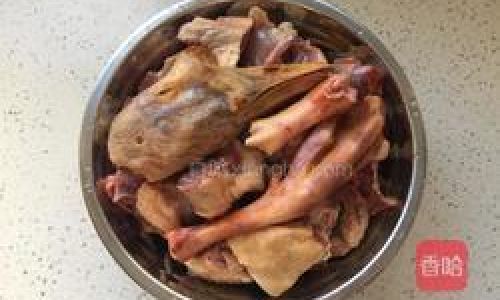
Breeds and Sourcing: The most common culinary geese include the Embden (large and meaty), Toulouse (fatty, ideal for confit), and Chinese Graylag (leaner, used in Cantonese roast goose). When selecting a goose, prioritize freshness—look for firm, glossy skin and minimal off-odors. Farm-raised geese often have milder flavors, while wild or free-range birds offer deeper, more complex tastes.
Cuts and Portions: A whole goose typically weighs 8–12 pounds, feeding 6–8 people. For smaller gatherings, consider breast fillets, legs, or wings. Each cut demands different cooking times and techniques: breasts suit quick searing, while legs thrive in slow braises.
Classic Roasting: The Centerpiece of Feasts
Roasting is the most iconic method for goose, celebrated in holidays like Christmas in Germany (Weihnachtsgans) and Thanksgiving in Eastern Europe. The goal? Crispy skin, moist meat, and rendered fat for future use (e.g., roasted potatoes).
Preparation:
- Trim Excess Fat: While some fat is desirable, remove large deposits from the cavity to prevent flare-ups.
- Prick the Skin: Use a sharp fork or needle to pierce the skin (not the meat) every inch, allowing fat to escape during cooking.
- Season Generously: Rub the bird with salt, pepper, and herbs like thyme, rosemary, or juniper berries. For a sweet twist, add orange zest or honey.
Roasting Technique:
- Preheat the oven to 375°F (190°C).
- Place the goose breast-side up on a rack in a roasting pan.
- Roast for 20 minutes per pound, basting every 30 minutes with rendered fat.
- Increase heat to 425°F (220°C) during the final 20 minutes for crisp skin.
- Let rest for 20 minutes before carving.
Pro Tip: Collect drippings to make gravy or schmaltz (rendered goose fat), a delicacy for frying potatoes or eggs.
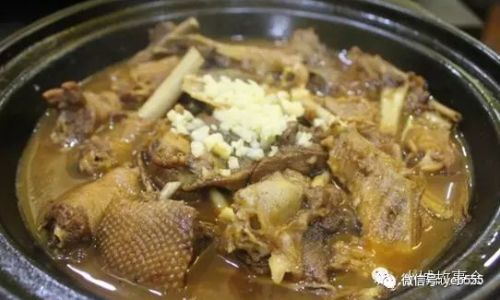
Brining: The Secret to Juicy Meat
Brining ensures moist, flavorful meat by osmosis. A saltwater solution, often sweetened with sugar or spiced with allspice, bay leaves, or garlic, transforms even overcooked goose into a tender delight.
Basic Brine Recipe:
- 1 gallon water
- 1 cup kosher salt
- ½ cup sugar
- 1 tbsp black peppercorns
- 4 bay leaves
- 2 oranges, sliced
Method:
- Dissolve salt and sugar in boiling water, then add cold water to cool.
- Submerge the goose in the brine for 12–24 hours in the refrigerator.
- Rinse thoroughly and pat dry before roasting.
Variations: Add apple cider for sweetness or juniper berries for a Nordic touch.
Braising: Slow-Cooked Tenderness
Braising transforms tougher cuts like legs and wings into fall-off-the-bone tender morsels. This method shines in stews, ragouts, or French cassoulet.
Recipe: Goose Leg Cassoulet
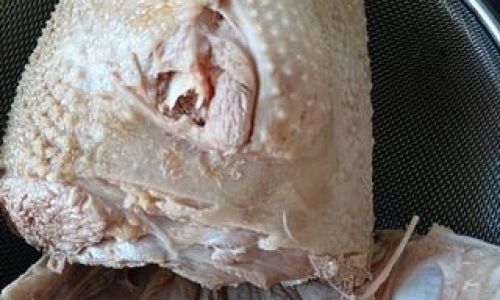
- Sear goose legs in a Dutch oven until golden; set aside.
- Sauté onions, carrots, and garlic in goose fat.
- Add tomatoes, white wine, and chicken stock; simmer for 10 minutes.
- Return legs to the pot, cover, and braise at 300°F (150°C) for 3 hours.
- Serve with crusty bread or over buttery polenta.
Flavor Pairings: Pair goose with bold ingredients like red wine, prunes, or chestnuts to balance its richness.
Confit: A French Delicacy
Confit de Canard is a cornerstone of French cuisine, where goose legs are cured in salt and slowly cooked in their own fat until meltingly tender.
Confit Process:
- Cure legs in a mix of salt, garlic, thyme, and juniper for 24 hours.
- Rinse and pat dry.
- Submerge in goose fat (or duck fat) in a heavy pot.
- Cook at 200°F (93°C) for 4–6 hours until the meat pulls easily from the bone.
- Store in sterilized jars under fat for up to 6 months.
Serving Suggestions: Crisp the confit in a pan and serve with lentils, sautéed greens, or a tart cherry reduction.
Sous-Vide: Precision Cooking for Perfection
Modernist chefs adore sous-vide for its ability to cook goose to an exact temperature, ensuring edge-to-edge doneness without overcooking.
Sous-Vide Goose Breast:
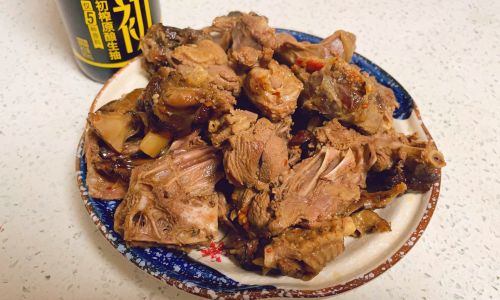
- Season breasts with salt, pepper, and five-spice powder.
- Vacuum-seal in bags with goose fat and herbs.
- Cook at 135°F (57°C) for 2–4 hours.
- Sear in a hot pan for a crisp crust.
Advantages: Sous-vide eliminates guesswork, ideal for large cuts like whole geese (cook at 150°F/65°C for 12–18 hours).
Smoking: Adding Depth with Wood Fire
Smoking imparts a smoky complexity to goose, particularly legs or wings. Use fruitwoods like apple or cherry for mild sweetness or hickory for boldness.
Smoking Method:
- Brine the goose overnight (optional).
- Pat dry and air-chill in the refrigerator for 4 hours to dry the skin.
- Smoke at 225°F (107°C) for 4–5 hours until the internal temperature reaches 165°F (74°C).
- Rest before serving.
Pairings: Serve with tangy barbecue sauce or pickled vegetables to cut through the richness.
Global Inspirations: From Canton to Hungary
Cantonese Roast Goose: Marinated in a mix of soy sauce, honey, and spices, then roasted until lacquered and glossy.
Hungarian Goose Goulash: Paprika-spiced stew with onions, peppers, and sour cream.
German Goose with Red Cabbage: Roasted goose paired with sweet-and-sour cabbage and dumplings.
Side Dishes and Accompaniments
The right sides elevate goose’s richness:
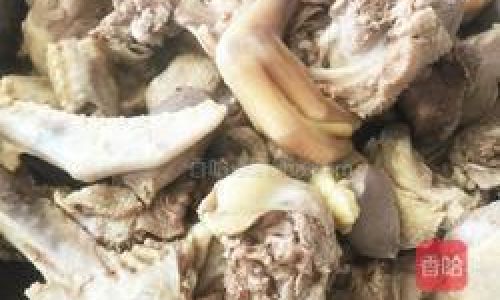
- Roasted Root Vegetables: Carrots, parsnips, and potatoes roasted in goose fat.
- Braised Red Cabbage: Simmered with apples, vinegar, and cinnamon.
- Wild Rice Pilaf: Studded with dried cherries and pecans.
- Cranberry-Orange Relish: A tart counterpoint to fatty meat.
Health Considerations and Sustainability
While goose is high in protein and iron, its saturated fat content means moderation is key. Opt for pasture-raised birds, which often have better nutritional profiles. Additionally, rendering and reusing goose fat reduces waste—a nod to sustainability.
Troubleshooting Common Issues
- Soggy Skin: Ensure thorough drying before roasting and increase oven heat at the end.
- Tough Meat: Overcooking dries out goose; use a meat thermometer (165°F/74°C for breasts, 180°F/82°C for legs).
- Excessive Fat: Use a roasting rack and drain fat every 30 minutes.
Conclusion: The Goose as a Culinary Canvas
The goose’s adaptability makes it a rewarding challenge for cooks of all skill levels. Whether you prefer the timeless crackle of roasted skin, the velvety texture of confit, or the precision of sous-vide, this bird invites creativity. By balancing tradition with innovation, you’ll craft meals that honor the goose’s storied past while redefining its place in modern cuisine. So fire up the oven, sharpen your knives, and let the goose take center stage—your guests will thank you.

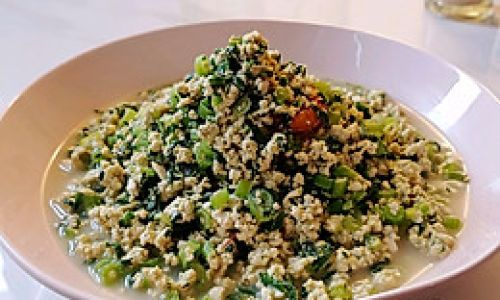
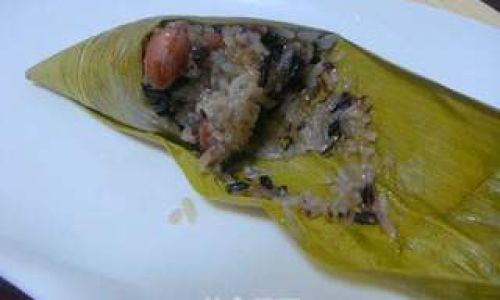
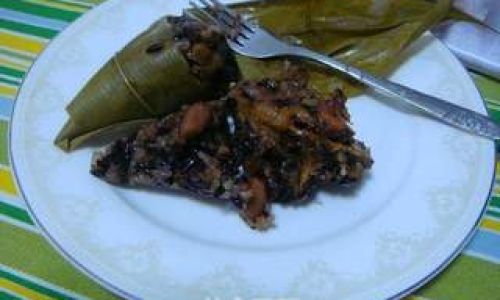
0 comments